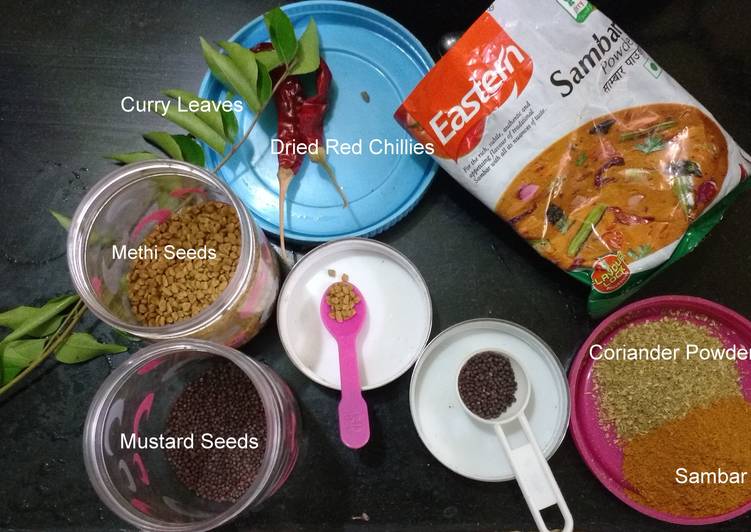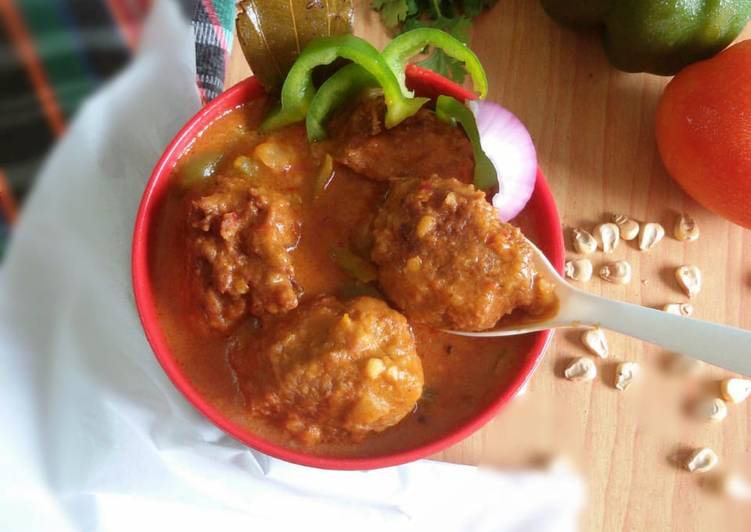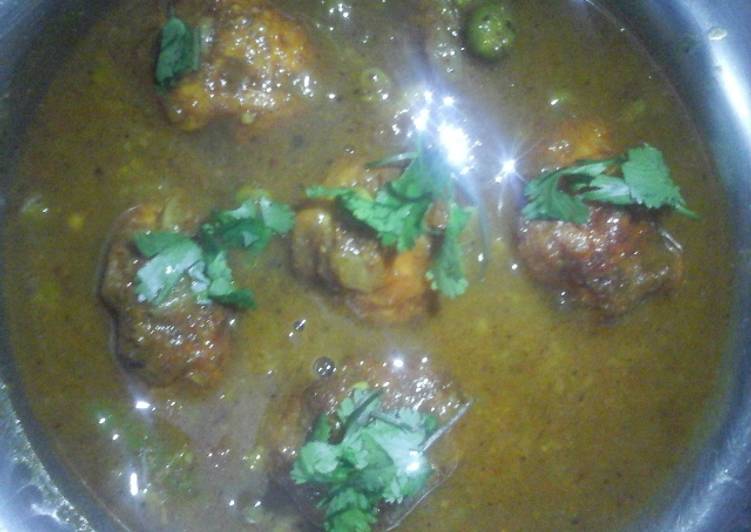
Hello everybody, it’s Louise, welcome to our recipe site. Today, we’re going to make a distinctive dish, yellow mung bean sambhar. It is one of my favorites. For mine, I’m gonna make it a bit unique. This will be really delicious.
Yellow Mung Bean Sambhar is one of the most favored of recent trending foods in the world. It is enjoyed by millions every day. It’s simple, it’s quick, it tastes yummy. Yellow Mung Bean Sambhar is something which I’ve loved my entire life. They are fine and they look fantastic.
A wide variety of yellow mung bean options are available to you, such as drying process, cultivation type, and style. The mung bean (Vigna radiata), alternatively known as the green gram, maash (Persian: ماش), or moong (from Sanskrit: मुद्ग, romanized: mudga), is a plant species in the legume family. Split Mung Bean Soup - Mom's Simple Mung Dal Recipe with Garlic Chili Tadka. Vegan Dal Dahl Daal Recipe with yellow Lentils.
To begin with this recipe, we have to prepare a few components. You can cook yellow mung bean sambhar using 18 ingredients and 8 steps. Here is how you cook it.
The ingredients needed to make Yellow Mung Bean Sambhar:
- Get moong dal
- Prepare Shallots
- Prepare Drumsticks (small)
- Get yellow pumpkin
- Prepare carrot (small)
- Get tomato
- Get Salt
- Get Tamarind
- Get Turmeric
- Get chili powder Red
- Make ready Sambar Powder
- Prepare Coriander powder
- Make ready Asafoetida
- Take Mustard seeds
- Make ready Fenugreek seeds
- Take chili peppers Dried red , broken into bits
- Take Curry leaves
- Take groundnut oil
The split and hulled moong dal, which is the yellow moong dal has equal magical properties and you can use that instead of whole green mung beans. Split Mung Beans cook very quickly and cook up very soft. Some will have skins removed and some not. If the ones you purchased don't, soak in water for a few hours so the skins will come off.
Instructions to make Yellow Mung Bean Sambhar:
- Soak the tamarind in a cup of water
- Wash the moong dal and pressure cook it with about one cup of water for a couple of whistles. The dal should be well cooked - test it by crushing a bit. For a sambar, a dal, generally, has to be reduced to the consistency of a paste
- Prepare the vegetables. Wash and peel them. Chop them (except the shallots) into bite sized pieces. Cut the shallots into twos or fours depending on the size. If they're tiny, you don't have to chop them. In the picture I've used elephant foot yam and pumpkin
- When the cooker is ready to be opened, add the turmeric, chili powder, asafoetida and salt. Add those of the vegetables which are harder to cook (carrots…). Cook for one or two more whistles. Check if the vegetables are cooked. If not pressure cook for another whistle
- Saute the softer vegetables - basically the shallots till pink and wilted - and add to the dal along with the extracted tamarind water and sambar powder. Alternatively, boil them separately with the tamarind water, while the other vegetables cook along with the dal in the cooker
- Give the lot another whistle
- Heat the oil and crackle the mustard seeds. As soon as they begin to splutter, add the dried chili. When that gets a bit browned, add the fenugreek seeds and curry leaves. Heat until the leaves are crisp. Pour this on the sambar which you should keep on the boil whilst you do the tempering. It's at this point that you can add the tomato for your lycopene needs, to enhance the sour quotient or just for the heck of it
- Serve with hot rice and ghee or with idli/dosa
Some will have skins removed and some not. If the ones you purchased don't, soak in water for a few hours so the skins will come off. Rinse well, picking out any small stones or foreign matter such as branch pieces. There is no need to presoak. Mung beans are not lentils and used to belong to the species that we commonly call bean but have been reclassified and so are no longer technically Mung beans with their skins on have a flavor reminiscent of green leafy vegetables but the mung dal with the skins removed has a mild sweet.
So that’s going to wrap this up with this special food yellow mung bean sambhar recipe. Thank you very much for reading. I’m confident you can make this at home. There is gonna be interesting food in home recipes coming up. Remember to save this page on your browser, and share it to your family, colleague and friends. Thanks again for reading. Go on get cooking!

